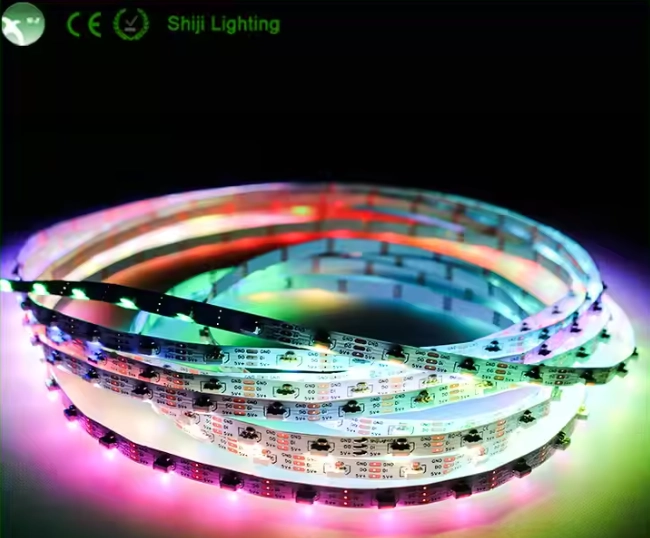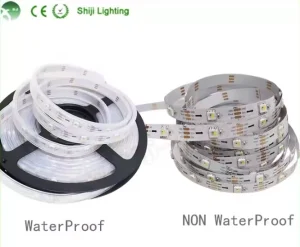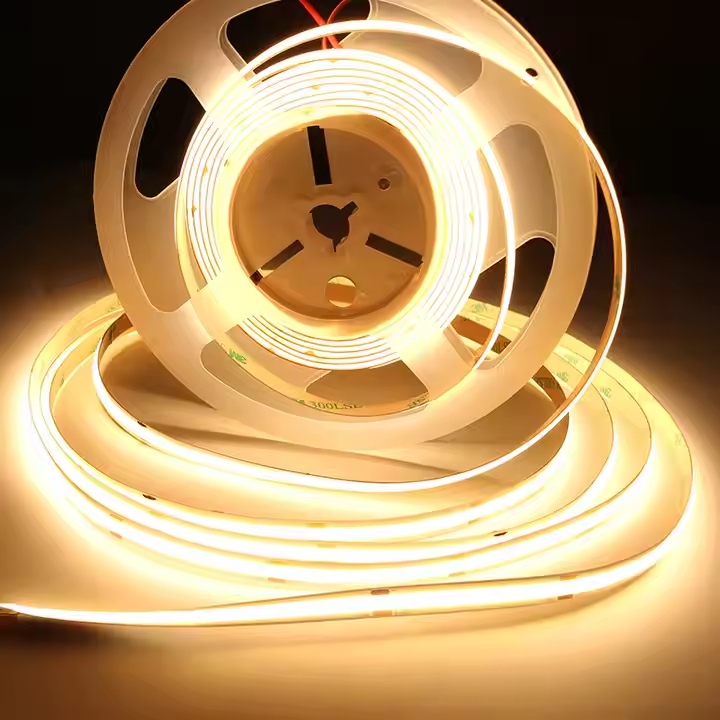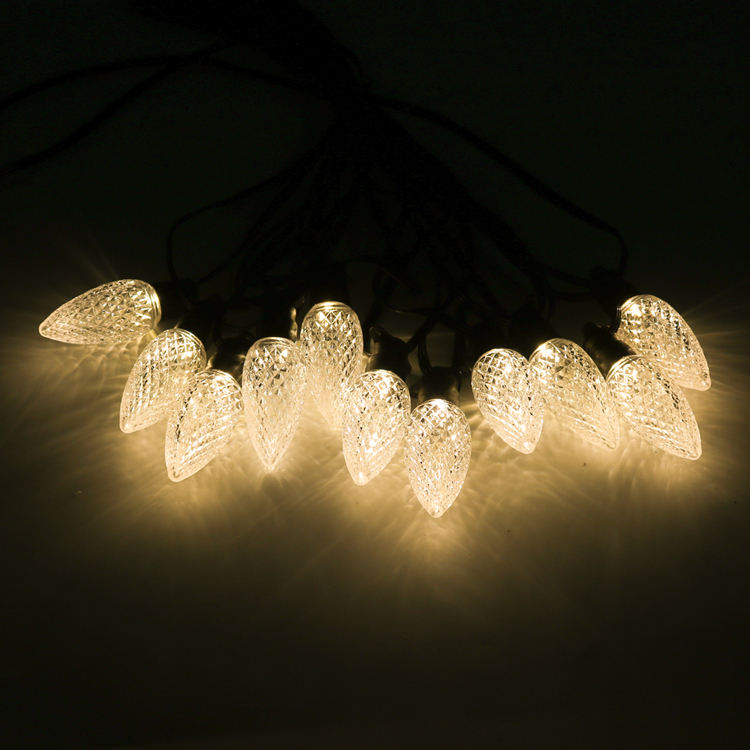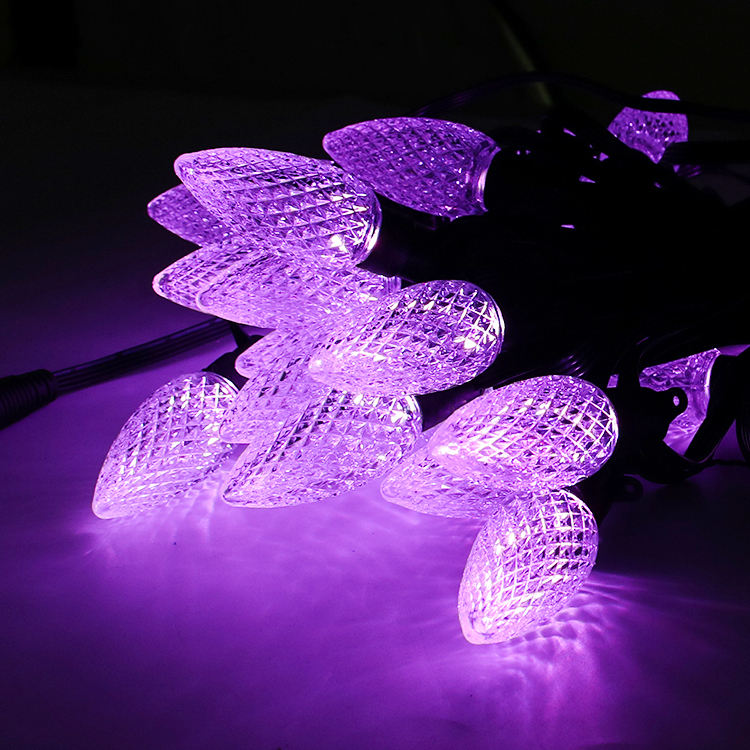Exploring the World of Addressable LED Strips
Introduction to Addressable LED Strips
Addressable LED strips have revolutionized lighting technology by offering unparalleled customization and control over individual LEDs. Unlike traditional LED strips, addressable versions allow each LED to be independently controlled, enabling complex lighting patterns and effects. This capability makes them ideal for applications ranging from home décor to advanced commercial installations.
Benefits of Using Addressable LED Strips
The primary advantage of addressable LED strips is their versatility. With the ability to control each LED separately, users can create dynamic displays with smooth color transitions and animations. These strips are also energy-efficient, providing vibrant illumination with minimal power consumption. Additionally, they offer a wide range of colors and brightness levels, making them suitable for various environments and purposes.
Technical Aspects of Addressable LED Strips
Components and Architecture
An addressable LED strip consists of four main parts: the LEDs, a driving IC, a flexible PCB board, and power and data connectors. This is a BGR SMD 5050 led with a Beam angle of 120 degrees, a DC12V input supported in the GS8208 model. Harnessing the smart architecture of the strip, it has two data pins in case of high pixel failure (in case of one pixel it is ok unless you damage two LEDs together to get the signal unaffected). This versatility makes them well-designed for a variety of uses.
Programming Basics for Addressable LEDs
Programming the addressable LEDs consists of sending data signals to the IC chips that control the behavior of each LED. The signals determine how LEDs will be colored and tuned concerning a certain pattern and depending on user input methods. There are many types of controllers you can use, Arduino boards, DMX decoders, and SD card controllers to name a few.
Advanced Programming Techniques for Addressable LEDs
Creating Dynamic Lighting Effects
With advanced programming, users can do anything from making addressable LEDs chase each other around, to creating color fades, or even interactive displays that react to external factors (such as sound or movement)! Through the use of software platforms, such as Madrix or hand-made scripts into Arduino IDEs, elaborate sequences can realistically occur, bringing colourful animations into reality. Designers can customize the lighting experience based on their programming flexibility.
Synchronization and Integration with Other Systems
One of the most impressive aspects of addressable LED strips is how they can be synchronized to other systems or devices. Such integration can be accomplished via protocols such as DMX512 or Art-Net, which allow lighting setups to communicate with either AV systems in a venue or smart home devices.
Thus, addressable LED strips are unmatched when it comes to versatility in lighting design, thanks to their unique architecture and the ability to program them. These strips offer endless potential for artistic installations, but they can also be used for practical purposes, such as ambient home lighting. Shiji Lighting has a wide range of products that serve all these needs and makes high-quality solutions to serve the different needs in different environments.
Practical Applications and Projects
Innovative Uses in Various Industries
The commercial and creative sectors have been transformed with the innovative application of addressable LED strips. These strips are widely used for stage lighting and event decoration in the entertainment industry to produce visual effects for performances. Architectural firms use addressable LEDs to make building features pop with aesthetics as well as functional light. Advertising industry uses these LED all-dynamic features for digital signage and display to grab most customers and viewers’ attraction towards their advertising media.
For example, addressable LED strips are used in automotive design and applied to vehicle interiors and exteriors to provide customizable lighting effects that improve safety and appearance. These dynamic lights are also used in retail spaces to build immersive shopping experiences in the form of dynamic window displays or as atmosphere lighting with time of day or promotion-based presets.
DIY Projects for Enthusiasts
Addressable LED strips are a new thing for people who love DIY. They can be really fun to play around with if you have the right home for them. These strips also enable hobbyists to create customized light installations like custom-made lamps, lighted art, or even music or voice-activated lighting systems. Thanks to user-friendly programming platforms such as Arduino and Raspberry Pi, you can try out all kinds of effects and animations without a huge technical background.
Home automation users sometimes use addressable LEDs in their smart home system — mood lighting that turns on automatically depending on the preference of the user or environmental conditions. This gives these projects real-world utility while also rewarding design/engineering challenges for enthusiasts. Thus, be it the case that these projects are beneficial in a practical sense or able to be viewed as fulfilling creative endeavors for any tech- and design-minded individuals.
Future Trends and Developments in Addressable LED Technology
Emerging Innovations in LED Strip Technology
Great things are sure to come from addressable LED strip technology as the technical advancements simply do not stop. The LED strips are prone to break quickly, so researchers are looking for new materials for the PCB that would make the PCB more pliable and less susceptible to breaking, therefore increasing the longevity and flexibility of LED strips. IC chip innovation focuses on enhancing data transfer performance and energy efficiency, allowing more sophisticated animations in more energy-friendly ways.
A second major focus is the creation of denser LED strips, which will allow for more LEDs per meter, more refined control of lighting effects, and higher resolution displays. Quantum dot LEDs, on the other hand, are in various stages of development and have the potential to provide even brighter colors and higher efficiency, unlocking the potential for even more vivid imaging.
Shiji Lighting’s Contributions to the Industry
Leading with innovation, Shiji Lighting has pioneered addressable LED strip technology with quality products versatile in design and application. Products include models such as the industrial-strength GS8208 Pixel Strip, which has dual data signal paths that allow for data-transfer redundancy, so if a pixel loses its ability to function, only it lacks illumination. This drive towards innovation has also seen Shiji Lighting develop a range of waterproof options for tough environments, delivering performance on par with Shiji’s stronger options.
Continuously innovating design in keeping with the latest technology, Shiji Lighting contributes powerfully to the future of addressable LED solutions. With a commitment to quality and customer service, they have established themselves as a trusted partner for anyone seeking quality illumination solutions in many industries.

